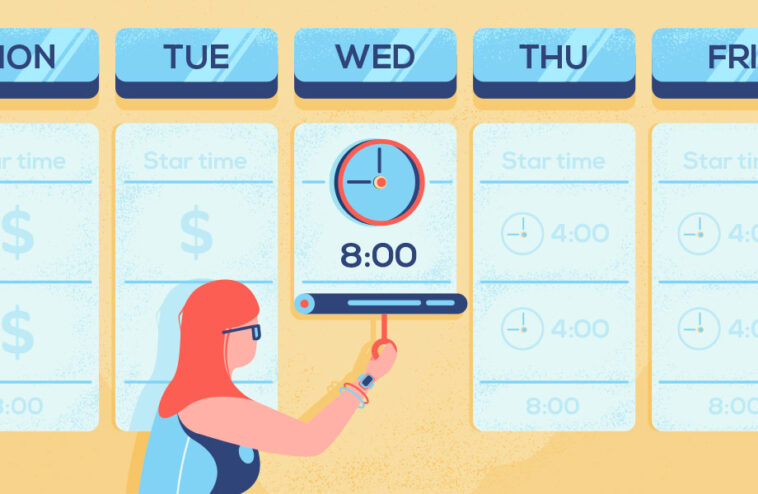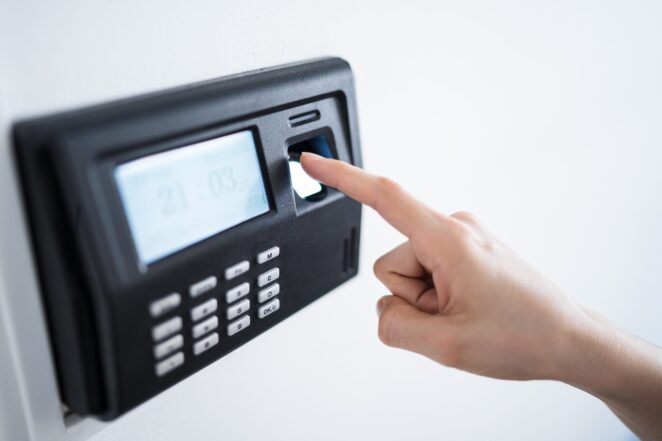The fast-paced nature of today’s business world demands efficient and productive processes. To achieve this, companies can implement time tracking and payroll procedures using the right platform. This article presents best practices for utilizing time-tracking payroll software to streamline workforce management and ensure accurate and timely payments.
Use this tool to customize pay rates with ease
Different employees have varying pay rates based on their roles, experience, and other factors. Time-tracking payroll software enables companies to set up customized pay rates for each employee based on their job type, hourly rate, overtime rules, and other parameters. By doing this, the software can automatically calculate the correct pay for each employee, accounting for overtime, sick leave, and other factors.
Time tracking and payroll are crucial elements for any business. They help ensure that employees are paid accurately and on time, and they also help managers track productivity and manage their workforce effectively. With the advent of time tracking and payroll software, businesses can automate many of these processes, reducing errors and increasing efficiency. In this article, we’ll look at some best practices for using time tracking and payroll software.
Choose the Right Software
In the realm of time tracking and payroll software, many options exist. It’s essential to select one tailored to your business’s needs. Among the innovative features to consider is self-service payroll, which empowers employees to independently manage their payroll details, enhancing transparency and reducing administrative strain on HR. When evaluating options, crucial factors of your business are size, employee count, and the nature of their tasks. Prioritize features such as diverse pay rates, overtime regulations, and tracking for vacation and sick time, and give special attention to platforms offering self-service capabilities for a harmonized payroll process.
Train Employees
To ensure that your time tracking and payroll software is used effectively, it’s important to train your employees on how to use it. Provide them with clear instructions and guidance on how to log their time, how to request time off, and how to view their pay stubs. Make sure they understand the consequences of inaccurate time tracking, such as delayed or incorrect paychecks.
Use Biometric Time Clocks

- Source: payrollpartners.com
Biometric time clocks use technology like fingerprints, facial recognition, or retina scans to track employee time more accurately than manual methods. This technology eliminates the possibility of “buddy punching,” where one employee clocks in for another who is not actually present. Biometric time clocks also reduce the time and effort required for manual timekeeping tasks.
Automate Payroll Processes
Payroll processing can be a time-consuming and error-prone task, but time tracking and payroll software can automate many of these processes. Look for software that offers automatic calculation of pay rates, taxes, and deductions, and that can generate payroll reports and pay stubs automatically. This will help reduce errors and save time.
Set Up Alerts
Time tracking and payroll software can send alerts when certain events occur, such as when an employee requests time off, when a paycheck is issued, or when a tax payment is due. These alerts can help you stay on top of important payroll-related tasks and ensure that nothing falls through the cracks.
Stay Compliant
Payroll compliance can be complicated, with many federal, state, and local laws and regulations to navigate. Make sure your time tracking and payroll software stays up to date with the latest compliance requirements, and that it can generate the necessary reports and filings. This will help you avoid penalties and legal issues.
Check up on your off-site workers
For offsite employees, geolocation and GPS tracking features can help companies monitor their whereabouts to ensure they are working when they should be. This can prevent time theft and ensure that employees are only paid for the time they work. Geo-location and GPS tracking can also be helpful in managing remote teams and improving communication.
Don’t do it all manually

- Source: ebillity.com
Automation is an effective approach to streamlining time tracking and payroll procedures. With time tracking software, employees can clock in and out using their devices, and the software records their work hours automatically. This automation not only saves time but also ensures accuracy by eliminating manual entry errors.
Establish Time Tracking Policies
Establishing clear time tracking policies is essential for accurate time tracking and payroll management. Your policies should outline the process for clocking in and out, how to handle missed punches, how to handle overtime, and any other relevant policies. Be sure to communicate these policies to your employees and enforce them consistently to ensure accurate time tracking.
Be on top of current happenings
The time tracking payroll software can assist companies by sending alerts and notifications for any exceptions or issues. For instance, the platform can send alerts for missing or incomplete timesheets, notify businesses of any overtime or sick leave requests, or flag any discrepancies in employee hours or payment data. These alerts and notifications enable HR teams to stay organized and informed, ensuring that they can respond to issues quickly and efficiently.
Streamline your payroll procedures
To fully streamline time tracking and payroll procedures, it is advisable to integrate time tracking software with payroll software. This integration facilitates the automatic transfer of employee hours and payment info to the payroll software, eliminating manual data entry and reducing the risk of errors. Integration can also save time and increase efficiency by reducing the need for HR teams to manage data across multiple platforms.
Let your employees be informed

- Source: hrzone.com
By providing employees access to their time tracking and payroll data, businesses can reduce the burden on HR teams and empower employees to manage their payroll information. Time tracking and payroll software often offer self-service portals where employees can view their work hours, pay rates, and other payroll information, request time off, and submit timesheets. This feature can save time and increase efficiency by reducing the need for HR teams to manage employee requests and data entry.
Conclusion
In conclusion, mastering time tracking and payroll procedures can significantly benefit businesses by improving efficiency, reducing errors, and saving time. Time tracking payroll software offers a range of features and benefits, including automation, customization, geo-location and time tracking payroll software, integration, alerts and notifications, and employee self-service. By implementing these best practices and leveraging the features of time tracking and payroll software, businesses can achieve better accuracy, efficiency, and productivity, leading to improved profitability and success.







